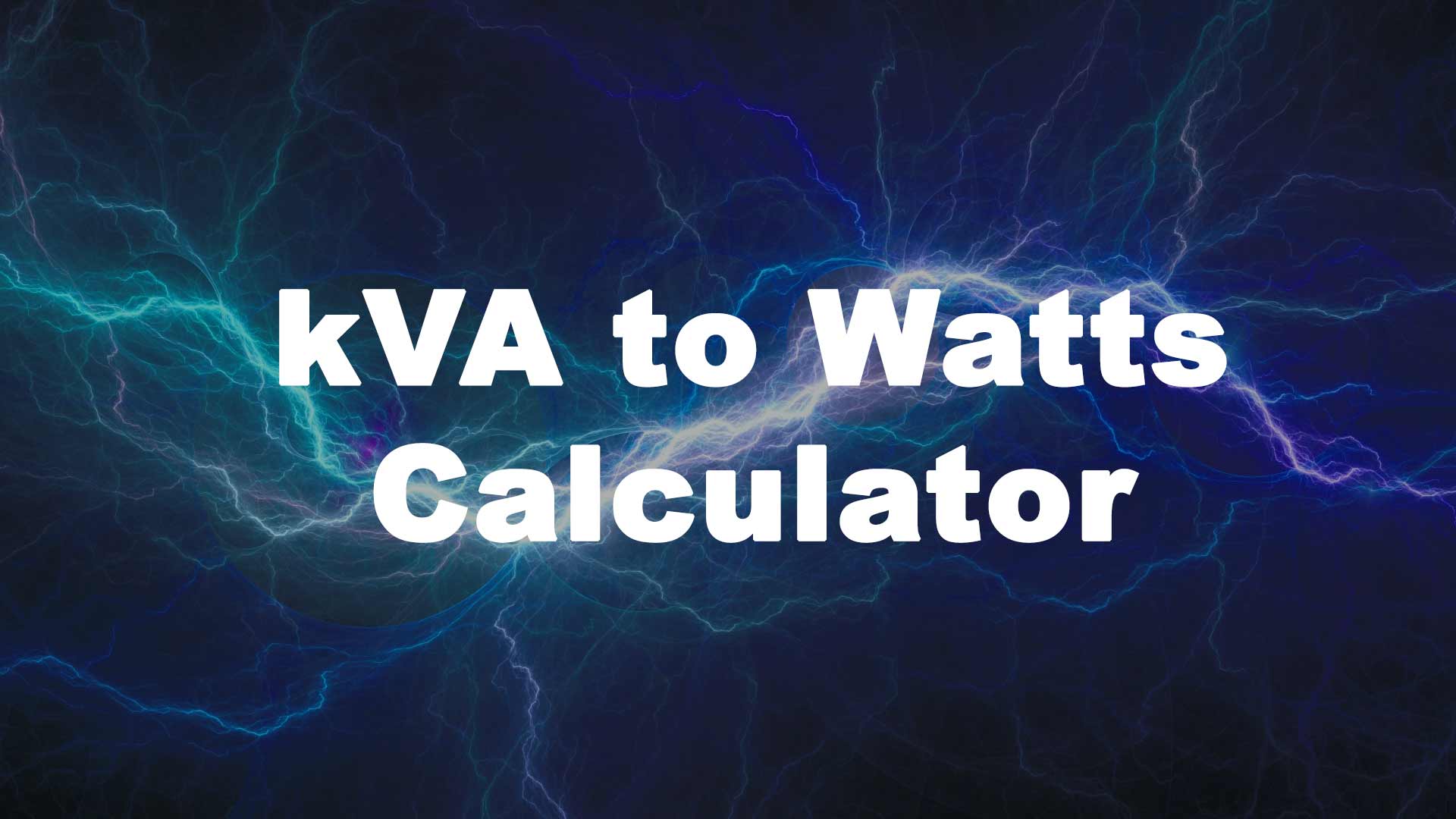Welcome to our kVA to Watts Calculator! This webpage provides a convenient tool for converting kilovolt-amperes (kVA) to watts, enabling you to understand the actual power usage in electrical systems. Whether you’re an electrical engineer, a technician, or simply curious about power efficiency, this Kilovolt Amps to Watts Conversion tool is here to help. Input the kVA and power factor, and let the calculator do the math to give you the real power in watts.

